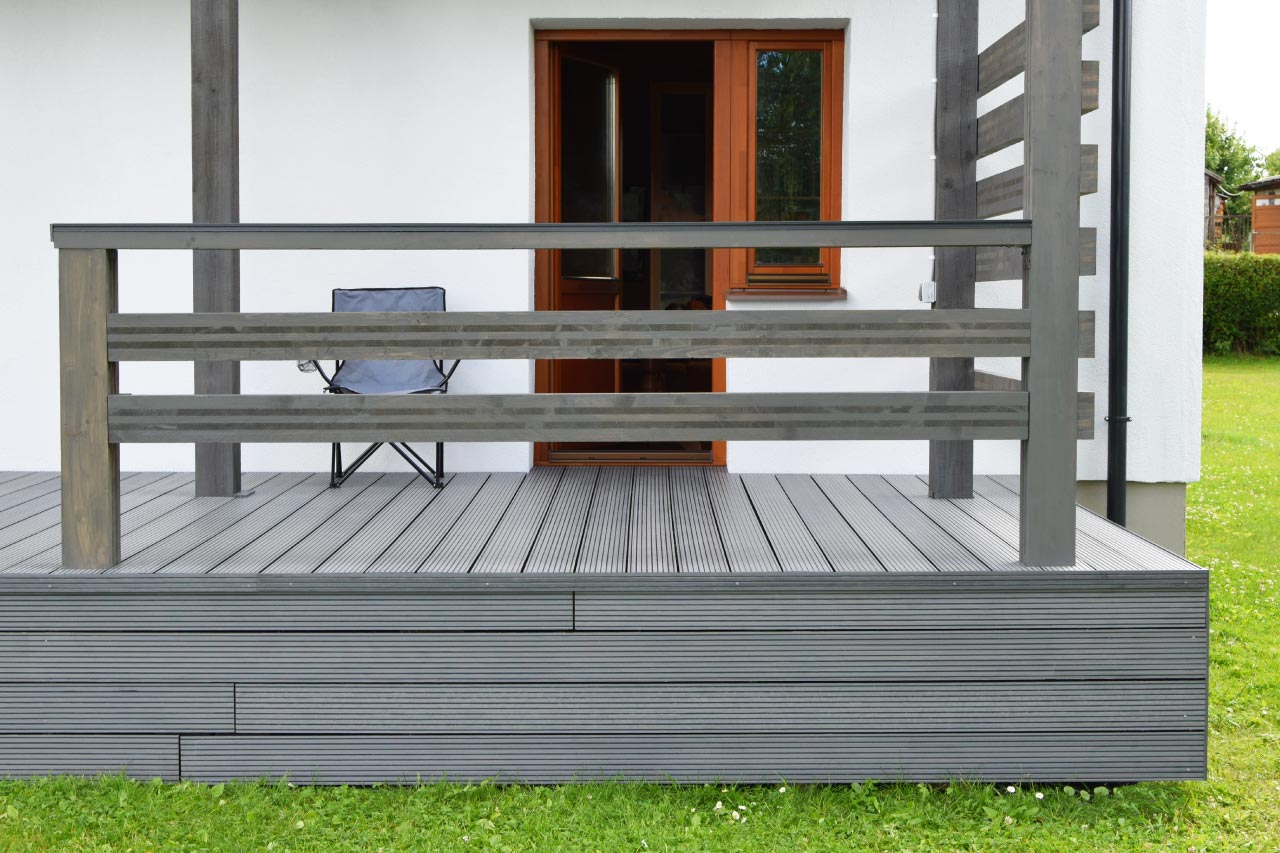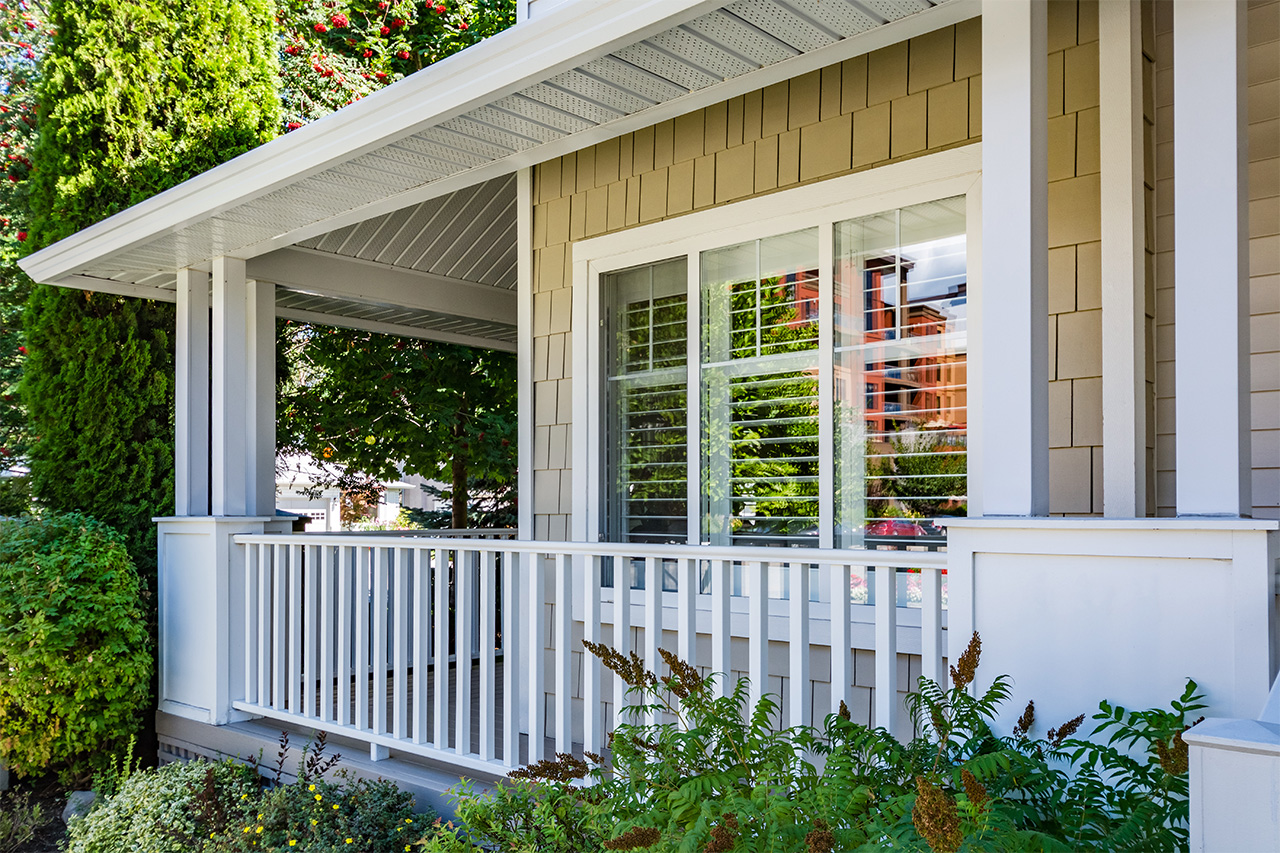
All Brick Design, Inc
All Brick Design, Inc
All Brick has spent over 10 years perfecting the craft of masonry and brickwork. Founded on family values, we’ve proudly served southeastern Michigan as a licensed and insured contractor since 2016. We offer top-notch work in Masonry, Brick Pavers, Driveways, Paver Restoration, Patios, Firepits, Garden Walls, Retaining Walls, Walkways, and Commercial Services. From residential to commercial projects, we provide durable, functional, and beautiful brick solutions for businesses and homes alike. Whether it’s a small project or a large commercial space, we handle it with precision and care. With certified professionals and credentials from the Interlocking Concrete Pavement Institute (ICPI), our skilled team ensures quality results every time. We can’t wait to work with you!
"We needed to replace a long front porch and contacted Alex gave several options and we decided to go with brick pavers. Alex had a number of good suggestions and had sample of brick to choose from. The crew demolished the old porch and built the new paver porch in one day. We arte very happy with the result and would recommend All Brick Design."
Mike B on October 2024
All Brick has spent over 10 years perfecting the craft of masonry and brickwork. Founded on family values, we’ve proudly served southeastern Michigan as a licensed and insured contractor since 2016. We offer top-notch work in Masonry, Brick Pavers, Driveways, Paver Restoration, Patios, Firepits, Garden Walls, Retaining Walls, Walkways, and Commercial Services. From residential to commercial projects, we provide durable, functional, and beautiful brick solutions for businesses and homes alike. Whether it’s a small project or a large commercial space, we handle it with precision and care. With certified professionals and credentials from the Interlocking Concrete Pavement Institute (ICPI), our skilled team ensures quality results every time. We can’t wait to work with you!
"We needed to replace a long front porch and contacted Alex gave several options and we decided to go with brick pavers. Alex had a number of good suggestions and had sample of brick to choose from. The crew demolished the old porch and built the new paver porch in one day. We arte very happy with the result and would recommend All Brick Design."
Mike B on October 2024













